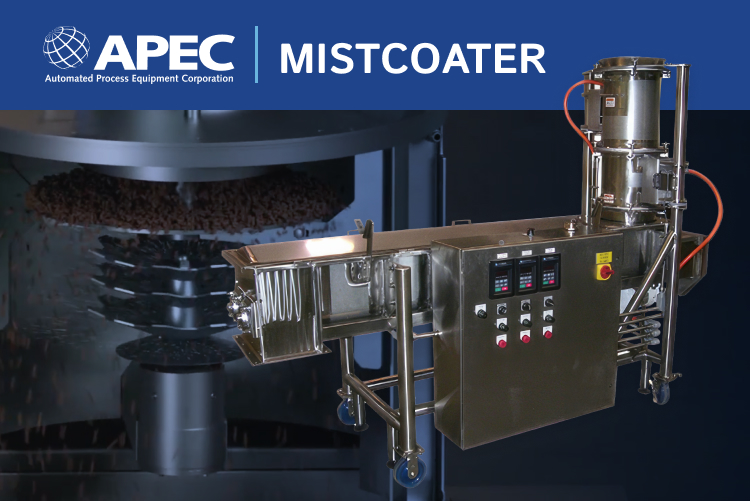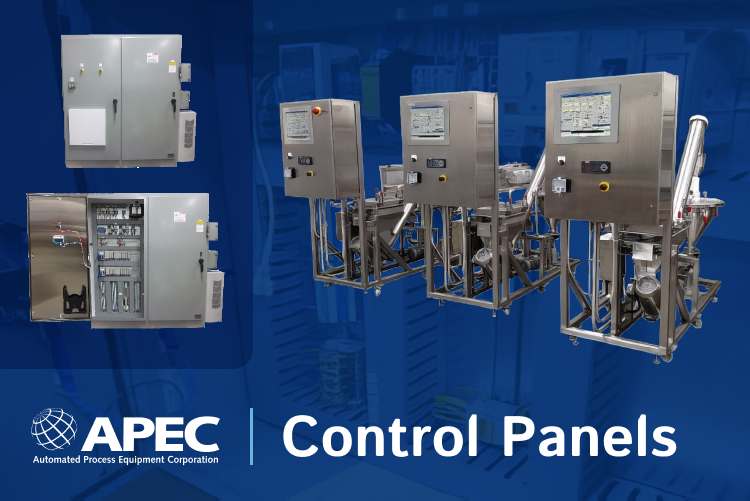Selecting the right batching system for your needs can make a huge difference in you ROI and efficiency. There are different factors to consider in gain-in-weight versus loss-in-weight batching systems, including cost, accuracy, speed and downtime.
Let’s dive into their differences, as well as the pros and cons of each batching system.
What is Gain-in-Weight or GIW Batching System?
A gain-in-weight batching system utilizes multiple feeders to dispense into a single scaling vessel or container. The vessel or container can either sit on the scale or can be integrated into the scale with the load cells attached.
The vessel or container is sized and designed based on a total maximum batch capacity for the ingredients assigned to the scale.
What is Loss-in-Weight or LIW Batching System?
A loss-in-weight batching system utilizes a scale as a part of the ingredient storage hopper. As the ingredient is dispensed into an independent vessel or container, the weight loss is totalized until the desired amount has accumulated.
The storage hopper is sized and designed based on total maximum ingredient capacity required.
Discover the APEC Micro Ingredient System, offered in both GIW and LIW
Pros & Cons of GIW vs. LIW
The pros and cons can be categorized into four major categories:
- Cost
- Accuracy
- Speed
- Downtime
Analyzing each category will assist in determining which system is best for your process. Balancing these categories is key to making the right choice.
So, what are the pros and cons of each?
GIW Pros & Cons
Pro: Low cost
Because only one feeder runs at a time, electrical hardware used for controls can be shared between ingredient bins.
Common components reduce the need for a large inventory of replacement parts. You should always request that the manufacturer use components readily available in your area.
Pro: Accuracy and storage balance
Scales can be designed to higher accuracy standards due to reduced capacity requirements based on the formula’s ingredient usage for a single batch.
This reduces the need for constantly refilling storage bins by increasing capacity to a size that fits the process.
Con: Downtime on hardware failure
Major electrical components – such as VFDs and scale indicators – used in operating the GIW system are shared. Failure of one will influence all the feeding devices.
Con: Speed
Cycle time is determined by the number of feeders assigned to the gain-in-weight scale. The more ingredients assigned to a scale within the formula, the more run time will be required to complete the batch.
LIW Pros & Cons
Pro: Speed
An LIW system allows for each feeder to have its own feeding devices and controls. This reduces time spent scaling a formula since all ingredients are scaled simultaneously.
Pro: Reduced downtime due to a single component failure
Downtime is minimized or eliminated when ingredients are stored in multiple bins and a failure occurs in the scale or feeding device.
>> Check out APEC’s Powder Feeder, available in an LIW configuration
Con: Cost
Additional components – such as scales and controls hardware – are required to allow feeders to operate independently.
Con: Accuracy
The accuracy of the LIW system is dependent on the storage capacity required by the user. High-capacity storage bins require high-capacity scale components. You will need to carefully review load cell specifications to ensure that they meet the accuracy desired.
So which system is right for you?
There are additional factors that may influence your choice of batching system.
- Maybe you have plenty in the budget for the additional cost of a loss-in-weight system but have determined that speed is not a priority.
- What is accuracy is more important than speed? Yet you like the added benefit of the ingredient bins being on load cells for inventory reconciliation.
- Or, what about tight budgets with fast cycle rates, extremely accurate dispenses, and the highest reliability equipment on the market?
Determine what is most important to your application, consult the experts, and get references from the manufacturer for equipment in the same industry as your own.
Here at APEC, we offer weighing and batching systems to fit your specific needs. Because we don’t specialize in a single piece of equipment and design out equipment for each customer, we can offer a complete system with a single point of responsibility.
Reach out today to learn more.







